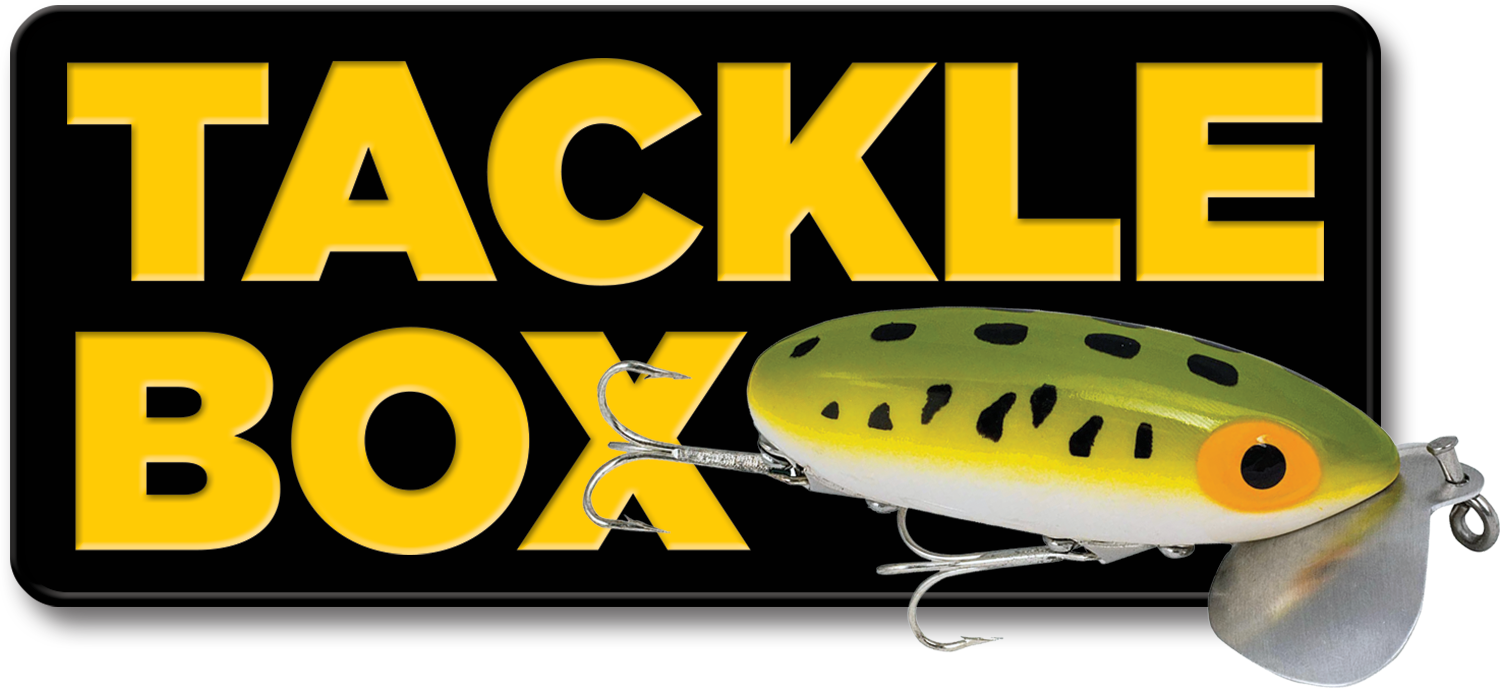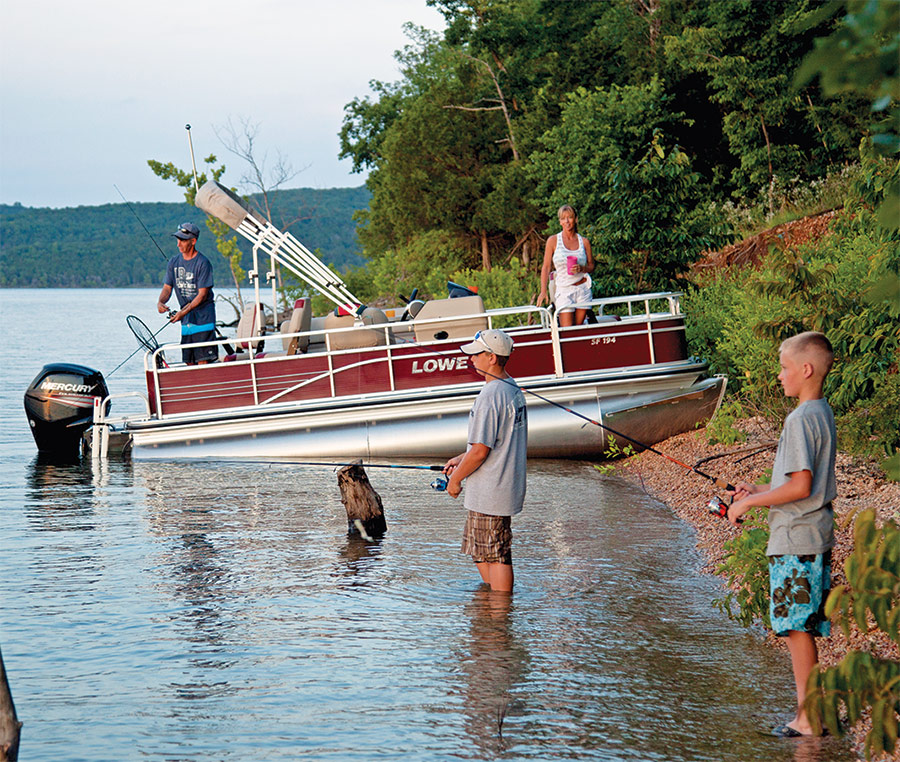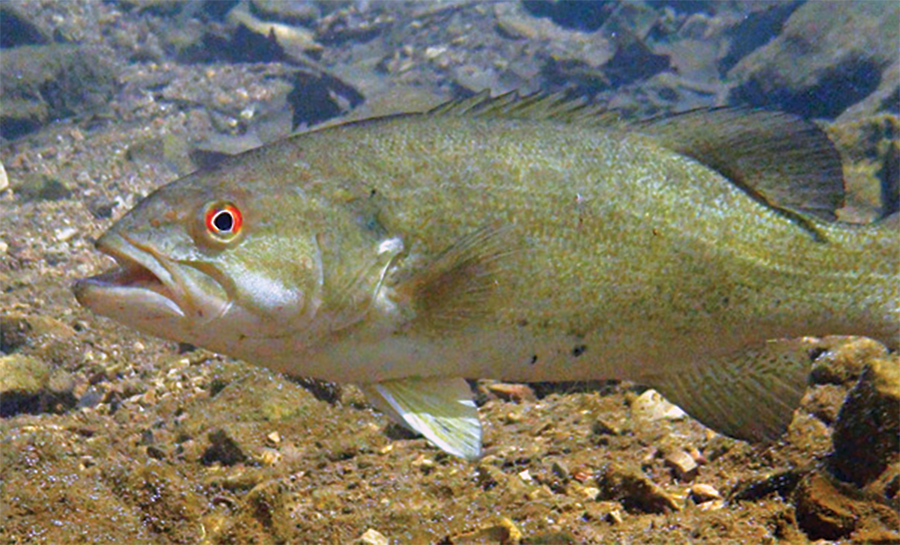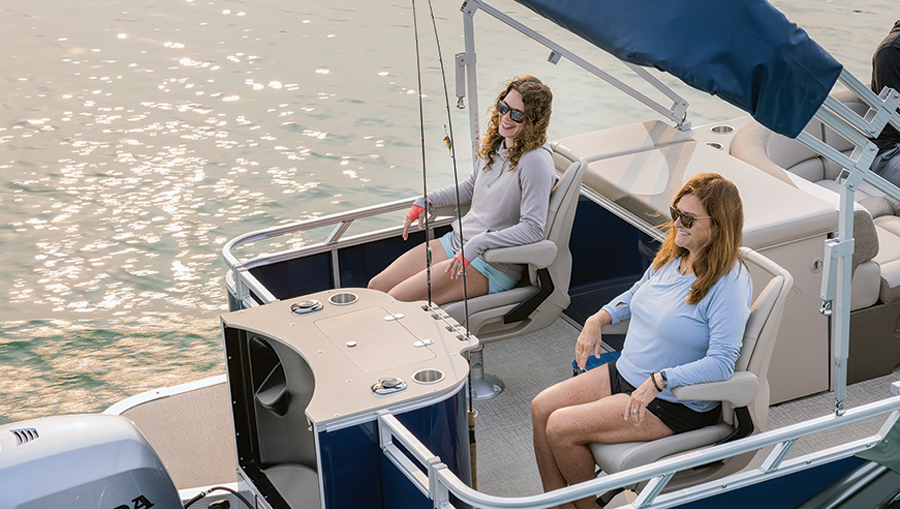
There are plenty of factors that make the fifth month among the most productive for recreational anglers, including weather, sunlight angles and water temperatures. But the primary reason fish are so easy to fool this time of year has to do with the spawn. Perhaps not directly, but the annual reproductive activity that is sparked by temperature changes and the calendar each spring creates opportunities for both preyfish and predators to get active and perhaps a little foolish in their pursuit of food–words that make any angler smile.
The majority of the fish we pursue as anglers are spring spawners, which means that the females drop eggs and the males fertilize them, after which all manner of activities take place. After spawning, some gamefish share responsibility for protecting the nest, the male and the female trading places and attacking anything that represents a threat to their offspring. In most cases, however, the male is the one that stands guard.

The same is true of catfish. The male catfish fertilizes the eggs dropped by the female, fans the bed to keep it clean and aerated, chases off any predators and awaits the eggs hatching in 6 to 10 days. Once the eggs hatch, the male catfish guards and protects the small catfish fry until they leave the nesting area after a few days. During that time anything from a fist of wriggling fingers shoved in their face “noodling-style” to a gob of nightcrawlers or a live bluegill on a stout hook will usually draw a string from a bewhiskered baby-sitter.
As for spawning walleyes, up to 500,000 eggs are deposited broadcast-style by the female into shallow water, often over gravel. They hatch in about 10 days and feed on plankton and insects, during which time neither the male nor the female care for the offspring. However, as post-spawn walleyes shift through the transition zones of lakes and rivers, one of the most common locations they seek are shallow flats. There, the exhausted walleye hope to encounter schools of baitfish which the walleyes gorge on to recover from the spawning activity – and can make easy targets for anglers who are familiar with the spring routine and rigged accordingly with baits that mimic the local preyfish.

Adult perch leave the spawning grounds immediately after spawning, and put on the feedbag, scarfing up crayfish, fish eggs and smaller fish. What many anglers don’t realize is that where yellow perch are found, they can be caught year-round. The reason more anglers’ attention shifts to yellow perch late in the season is that the perch school-up in anticipation of cooler water temperatures, making them easier to locate and catch in open water.
While autumn may be the best time to catch quantities of yellow perch, May is prime time for hooking-up with our most popular gamefish whether they are in pre-, spawn-, or post-spawn mode. So go get you some!



Overhead is a quick-release Bimini while underfoot are a pair of 25-inch diameter pontoons. In between is a well-thought-out deck design and layout that is very conducive to fishing, cruising and relaxing. As such, this LSZ Rear Fish is a pontoon boat I would enjoy owning.
- LOA:21’ 5”
- Beam:8’ 6”
- Pontoon Diameter:25”
- Dry Weight:1,800 lbs.
- Max Weight Cap:2,035 lbs.
- Max People/Weight:10/1,380 lbs.
- Fuel:25 gals.
- Max Engine:115hp
www.avalonpontoons.com